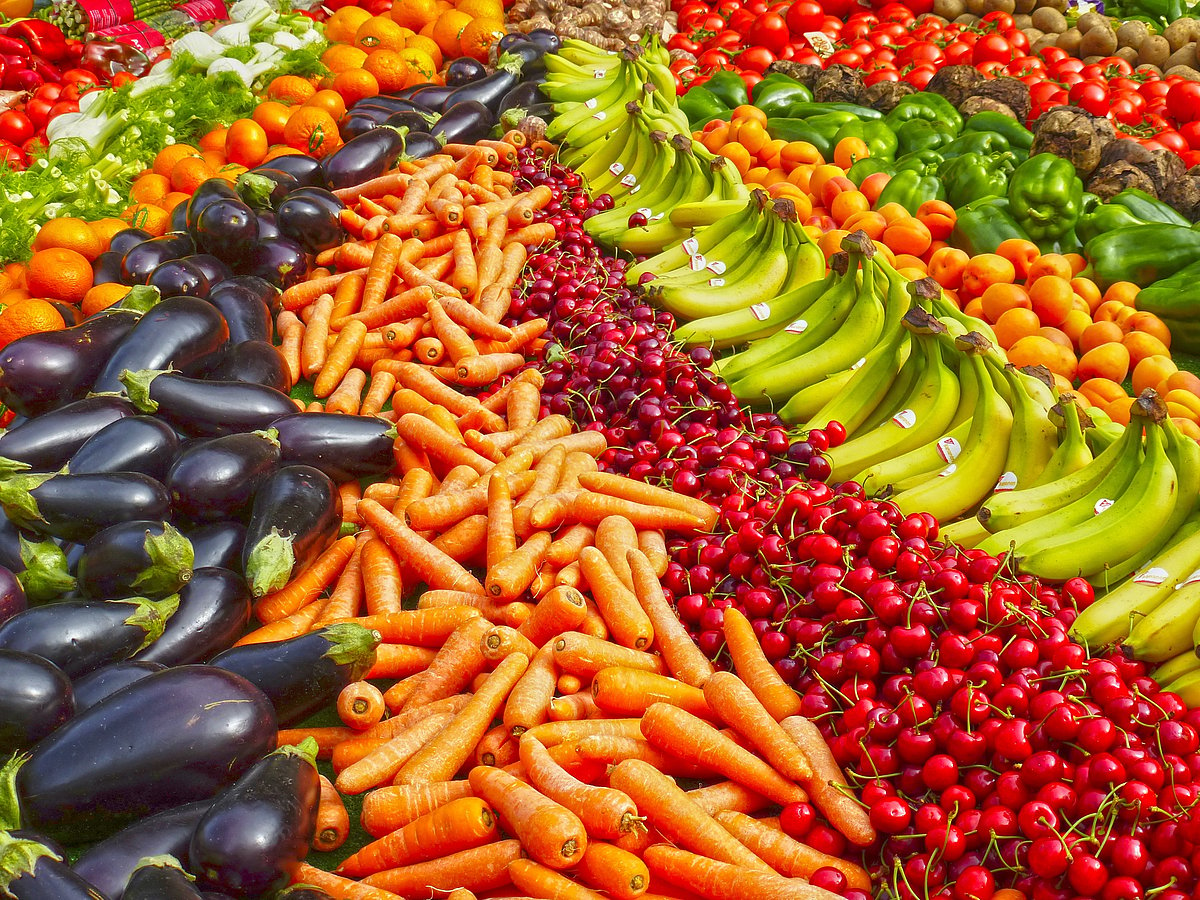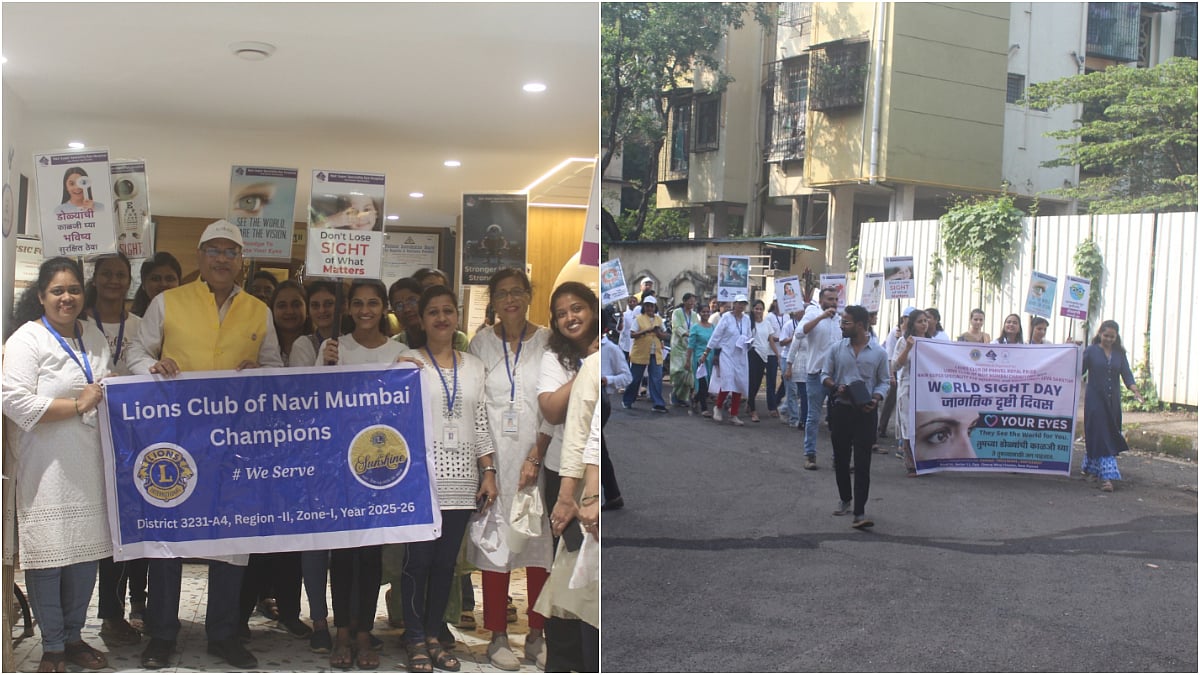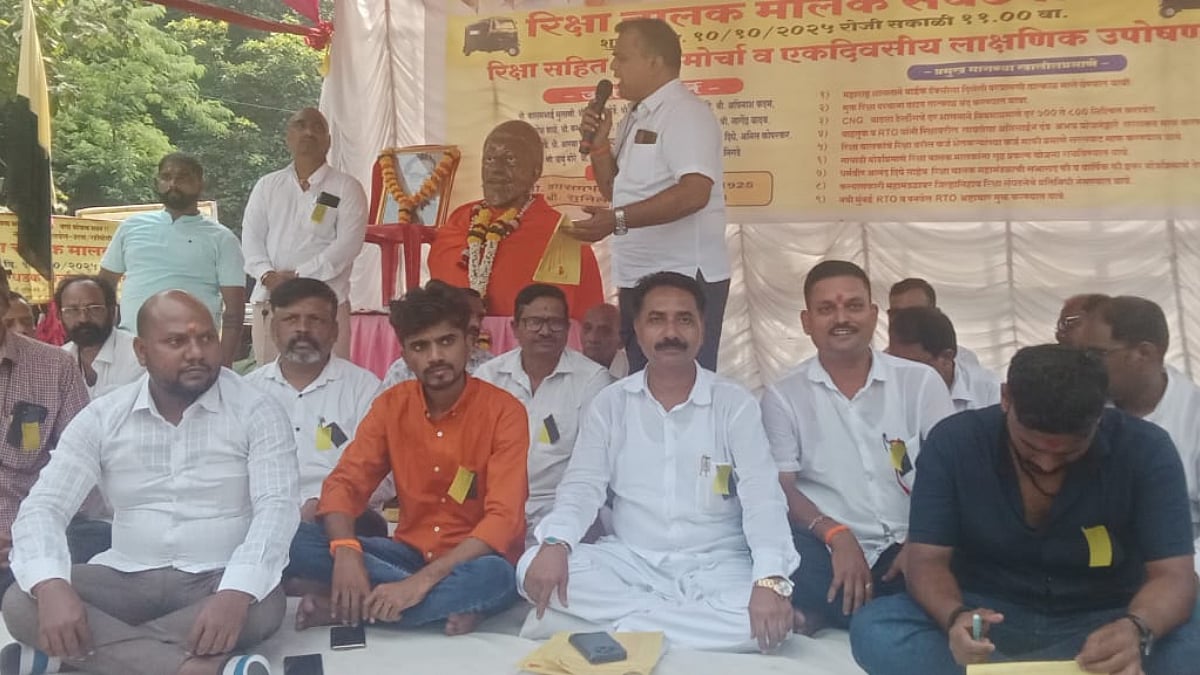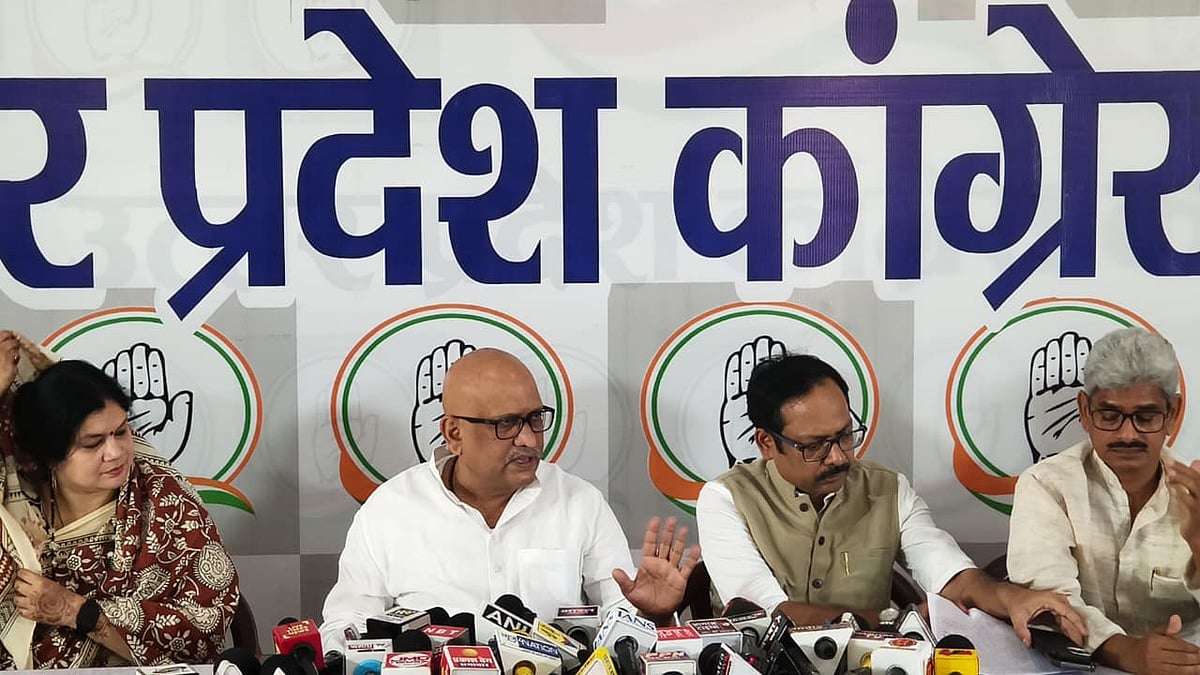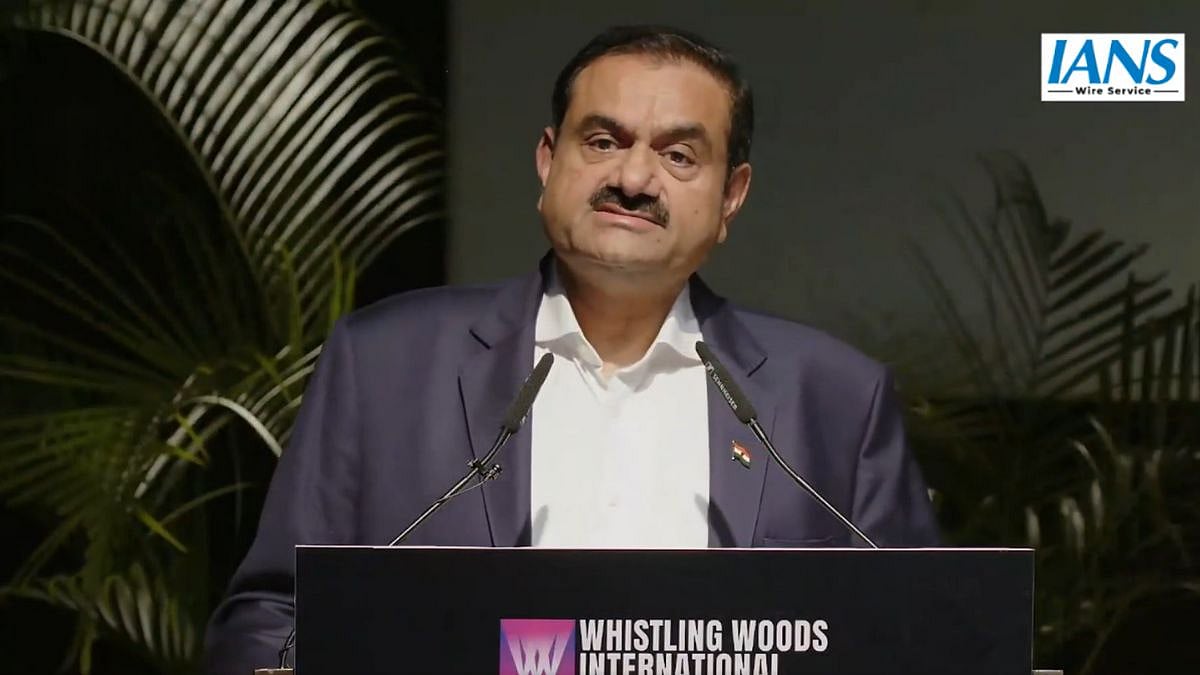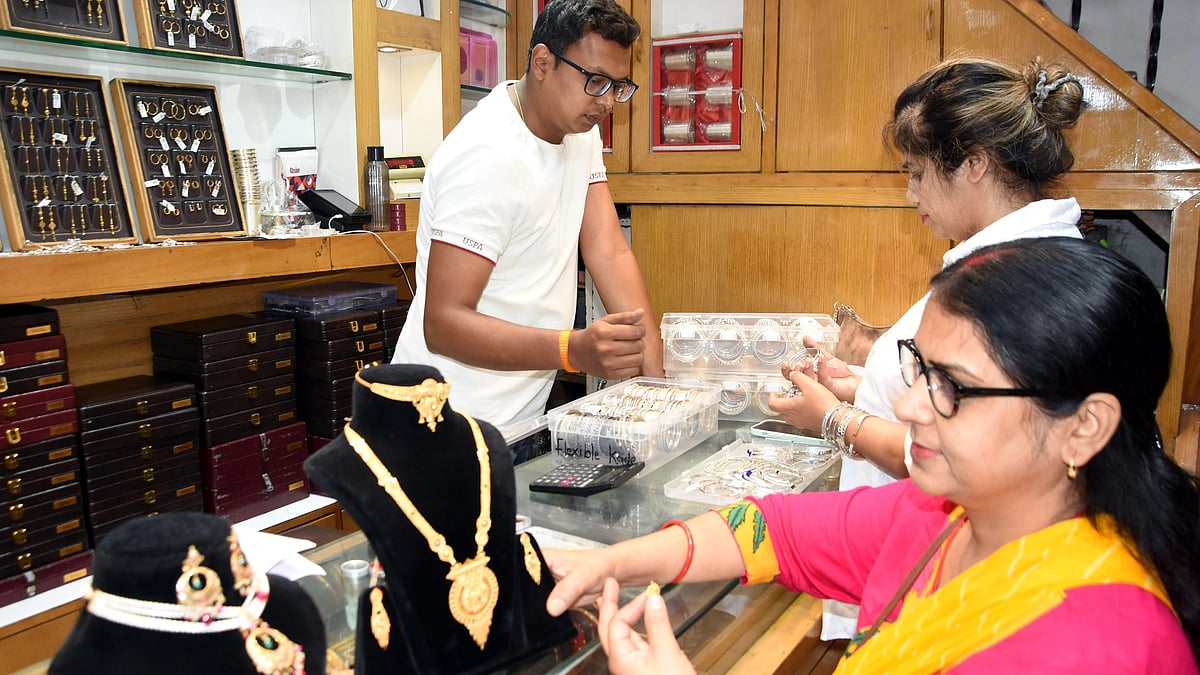To meet the nutritional needs of the growing population and also to improve the income of the farmers, horticulture is the way to go. But there are some challenges to achieving the optimum objective. These hurdles and opportunities were discussed at a webinar titled ‘The emerging wealth generator in farming is vegetables and fruit’. This session was organised by Free Press Journal (FPJ) and SIES in association with NSE, NCDEX Investor (Client) Protection Fund Trust, and East West Seed.
The panellist for this webinar are (in alphabetical order) Narendra Dhandre, DGM, Netafim; Pankaj Maheshwari, VP – Food and Water Division – India – Middle East and Africa, Alfa Laval; K E Muthu, Commercial Lead, Seminis Vegetable Seeds, South Asia & South-East Asia, Bayer; Dilip Rajan, MD, East-West Seed; and Dr Omveer Singh, MD, NDDB Dairy Services. While RN Bhaskar, consulting editor, FPJ moderated the session, Vaneeta Raney, head, BMM, SIES College welcomed the panellists and delivered a vote of thanks.
Given below are edited excerpts compiled by Jescilia K
Overview of horticulture
Dr Omveer Singh, MD, NDDB Dairy Services: While India’s population has grown from 35 crore to 135 crore since Independence, our horticulture production has grown seven-fold in terms of volume and value. This was possible because initially the public sector and then private sector did a good job in developing and transferring the technology to farmers. Agriculture can be harnessed for economic development of rural masses.
Horticulture has a great scope in terms of the demand and improvement in productivity. There is a huge gap between the potential and actual productivity. It will definitely add value to the farming system.
K E Muthu, Commercial Lead, Seminis Vegetable Seeds, South Asia & South-East Asia, Bayer: Horticulture farming is and will be a wealth generator. Our vegetable production has been growing at 4.6 per cent CAGR in the last 13 years, which is quite substantial. According to a data, our acreage agricultural growth has been 2.6 per cent during this time. This is possible as there has been a good amount of innovation that has taken place in the public and private sector. This innovation has taken place especially in seeds, irrigation, soluble fertilizers, agronomical solutions and others. This has given a fillip in the last 13 years to our productivity. But we can increase productivity further.
The farmers did not have access to information for a long time – whether it is weather, pest and disease management, market access or others. About two decades later, due to mobile phones, the information gap has reduced.
In the case of consumption, the world is moving from food security to nutrition security. There will be an increase in food consumption as people are moving towards five portions a day (in terms of consumption). This is actually a win-win for everyone. Urbanisation will improve our per capita consumption. So, there is an opportunity here and horticulture is the right substitute for the same.
Dilip Rajan, MD, East-West Seed: Horticulture offers a better economic choice to smallholder farmers. They are high-value crops that can be grown in small farms. At the same time, it gives better returns. Vegetables can be harvested within 45-55 days. This means that if a farmer follows modern agronomic practices, he can potentially extract three-four crops in a given year. For the farmers to make the shift from growing paddy to horticulture crops, we need to increase the awareness around it.
Another reason to grow fruits and vegetables is that both offer nutrients. Spices are essential to Indian culture and so are flowers.
Today, horticulture crops are grown in 17 per cent of the total agriculture area. But they contribute around 30 per cent of the agricultural GDP.
For the last five years, horticulture has been surpassing other agriculture produce. In 2017-2018, we produced 307 million tonnes of horticulture produce — this is 27 million tonnes more in terms of the quantity of foodgrain that is harvested.
If a horticulture revolution happens it will not be confined to Northern states. But it will take place across the country as the country does not face seasonal barriers.
Horticulture offers real development for India. There is a need to stop calling it agriculture and start calling it agri business.
Narendra Dhandre, DGM, Netafim: Adoption of micro-irrigation in fruits and vegetables will increase productivity. There is a need to create awareness about various technologies to improve agriculture productivity.
Our Prime Minister has the vision to double the farmers’ income by 2022. This is possible by cultivation of fruits and vegetables using modern techniques.
With the help of Israel, India has set up centres of excellence in each state. It needs to be replicated in each district (this is to encourage use of technology in agriculture).
Pankaj Maheshwari, VP – Food and Water Division – India – Middle East and Africa, Alfa Laval: There is a need to look at agriculture as a business sector and not as a welfare sector. The farmer is not producing to feed the country but actually to generate income from that activity.
The recent announcement to dismantle the APMC structure for the procurement of fruits and vegetables, will help private players to procure as well. This is another kind of revolution. India had two revolutions – green and white. Now, India will have an income revolution.
Technology sharpens the edge
Narendra Dhandre: Netafim is an Israeli company, number one irrigation company in the world, established in 1965. Netafim along with our partners are revolutionising irrigation globally for a sustainable future. We are driving mass adoption of innovative, simple and reliable irrigation solutions.
We are getting the latest technology to the doorstep of farmers. Netafim’s worldwide knowledge has helped us to grow more with less. With the help of new technology, the young farmers are getting attracted towards precision farming and generating better incomes.
The production of some fruits and crops can be improved due to micro-irrigation. In the case of capsicum under micro-irrigation, the farmer can grow 50 tonnes an acre. In the case of tomatoes, brinjal, banana and papaya, micro-irrigation can help grow about 52-80 tonnes per acre, 60 tonnes per acre, around 30-35 tonnes per acre and more than 50 tonnes per acre respectively.
Pankaj Maheshwari: Alfa Laval is a Swedish company and we have been in India for the last 80 years. Compared to dairy, the work we have done in processing fruits and vegetables is miniscule.
The fruits and vegetables that are processed, can then be packed and get an extended shelf life of two years. It is a tetra pack in bulk packing — these can be 5 litres to 1,000 litres. The processed fruits or vegetables in the form of puree or other forms can be exported and consumed in any part of the world.
China is the largest producer of fruits and vegetables. China processes around 24 per cent and India processes around 2 per cent of fruits and vegetables. This is the difference despite India being the second largest producer of fruits and vegetables. We export fresh fruits, concentrate and puree worth USD 2,000 million and China exports processed foods worth USD 15,000 million. This is the difference of 2 per cent to 24 per cent processing. In South-east Asia, the Philippines processes 78 per cent of the fruits and vegetables that it produces. These technologies have been brought to India but there are only few who are using it.
We set-up a processing plant for Patanjali. So, they processed vegetables like bitter gourd and bottle gourd for the first time. This company also processes carrot, mango, tomato, guava, gooseberry, among others.
K E Muthu: Exports are around 1-2 per cent in terms of processed food. India can produce fruits and vegetables throughout the year. That shows the potential and opportunities in retail. Understanding the requirements of farmers, Bayer, started a small project in 2015, linked growers, processing and exporting companies. We connected with 96,000 farmers. Today, it is a huge project.
Smallholder farmers: Big contributors to agriculture
Dilip Rajan: Smallholder farmers are vital for Indian agriculture today, particularly after COVID-19 — for the revival of India and its rural economy. Smallholder farmers form 80 per cent of Indian farmers. They carry a disproportionate burden today to feed our nation.
The definition of smallholder farmer is a farmer who has land holding that is 1 acre or less. But they still own land. Land is a very valuable asset but this asset-owning class has remained poor — that is the irony. Our smallholder farmers face multiple risks — uncertainty of production and unpredictability of market forces be it processing or post-harvest loss. Smallholder farmers are making an economic decision while deciding on the crop they wish to grow.
K E Muthu: According to FAO, there are about 570 million farm holders. Of that 493 million are smallholders farmers. About 120 million are living in India. Based on this it can be estimated that around 20-50 million farmers will be involved in horticulture. These farmers are highly enthusiastic.
It should be noted that the number of labour days is 2-2.5 times more in horticulture than in paddy. Thus offering better opportunities.
Hurdles for smallholding farmers
Omveer Singh: In the Indian context, our practical experience with small farmers is that horticulture needs high inputs, even though the horticulture crops produce high output. High input requires funding resources. Most of the farmers in India are struggling to get funding support. This is a big area.
Dilip Rajan: There is a need to get better access to market, technology, and intelligence that will be helpful in this highly-perishable production cycle. It is important to articulate that when you compare with food grains, horticulture crops mean higher input costs to smallholder farmers. This means there is high risk, at the same time, high gain. We need to have infrastructure and price discovery as well to support these farmers.
Pankaj Maheshwari: Seed and technology are important. Now, we have all of it. But we do not have market orientation. We have been farm and production centric. But we should be market centric. We need to facilitate access to the market.
Employment opportunity
Narendra Dhandre: Every year we are covering more than a lakh hectares of land under micro-irrigation in India. Thus, we contribute in saving inputs and also generate employment opportunities for farmers. One hectare of fruit and vegetable cultivation gives employment to at least 10 people throughout the year. Now, in a situation when labourers from the cities are coming back to villages, this technology can create more employment for such people. This will drastically increase the production of fruits and vegetables with the use of technology. At the same time, it will save a lot of water.
Dilip Rajan: The youth must stand up and say that it is not just farming, it is agri business. Other than direct involvement, the youth can become agripreneurs who will help create market linkages. Again, for them funding will be critical.
Farmer Producer Organisation (FPO): Valuable model, if done right
Omveer Singh: There is no business other than agriculture where a farmer buys inputs at retail prices and sells his output at wholesale prices. FPOs will allow collective buying and selling, thus, giving farmers bargaining power. FPO is an institutional structure where you can buy the input at wholesale or semi-wholesale price and the output can be sold at wholesale or semi-wholesale price, if not retail price. This way wealth generation will improve among the FPO farmers.
Close to 8,000 FPOs are registered in the country. Some of them have not been very successful. Those (unsuccessful) FPOs will have to relook at their business model as they are not creating wealth for the stakeholders. So, if there is no value addition, then such FPOs are not needed.
Once you create an institution, it has its own expenditure too. So, the collective marketing and production must generate additional revenue to address that expenditure. In addition you need to add at least 20-25 per cent of additional income to the members.
The governance part of the institution should be re-examined. It should be fair and transparent. It should be properly embedded into the system before setting up the FPOs. We find in the case of most FPOs the lack of adequate governance hinders the transparency of the institution.
The next issue is the problem of scaling up.
Narendra Dhandre: The role of FPOs is important to promote the processing industry. With only 2 per cent of fruits and vegetables processed, there is a huge scope. With the help of processing and marketing, the farmer’s income can increase. Considering these crops are high-perishable, food processing plays a vital role here.
